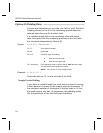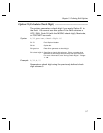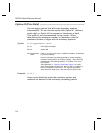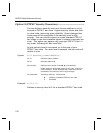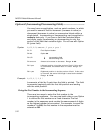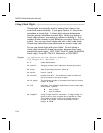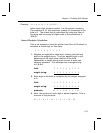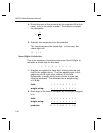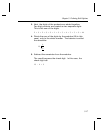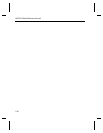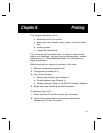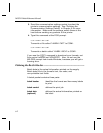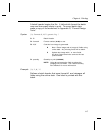
Using Check Digits –––––––––––––––––––––––––––––––––––––––––
Check digits are typically used to ensure that a text or bar
code field scans correctly. If you apply Option 31, the printer
calculates a check digit. A check digit scheme determines
how the printer calculates a check digit. When you define a
check digit scheme, you assign a number to identify it. This
number is later entered in box
R4
when you apply Option 31 to
a field. You can use check digits with text or bar code fields.
Check digit calculations are performed on numeric data only.
Do not use check digits with price fields. Do not define a
check digit scheme for these bar codes, because they have
predefined check digits: UPC, EAN, Code 39 (with the MOD43
check digit), Code 93, PDF417, Maxicode, or POSTNET.
Syntax {A,selector,action,device,modulus,
fld_length,D/P,"weights" p }
A1. A Check Digit Header.
A2. selector Assign a number from
1-10
to this check digit formula.
A3. action Adds a check digit scheme. Enter
A
.
A4. device Device. Use
R
.
A5. modulus Number from
2-11
. The modulus is used to divide the
sum of products or the sum of digits.
A6. fld_length The maximum number of characters the field will contain.
Range:
0 - 2710
.
A7. D/P Algorithm. The algorithm determines how the check digit
is calculated. Options:
D
sum of digits
P
sum of products
A8. "weights
"
String of digits used for calculation. A weight string is a
group of two or more numbers that is applied to a field.
The number of digits in this string should equal the
number in fld_length. Enclose in quotation marks.
Range:
0 - 2710
.
MPCLII Packet Reference Manual
5-14



